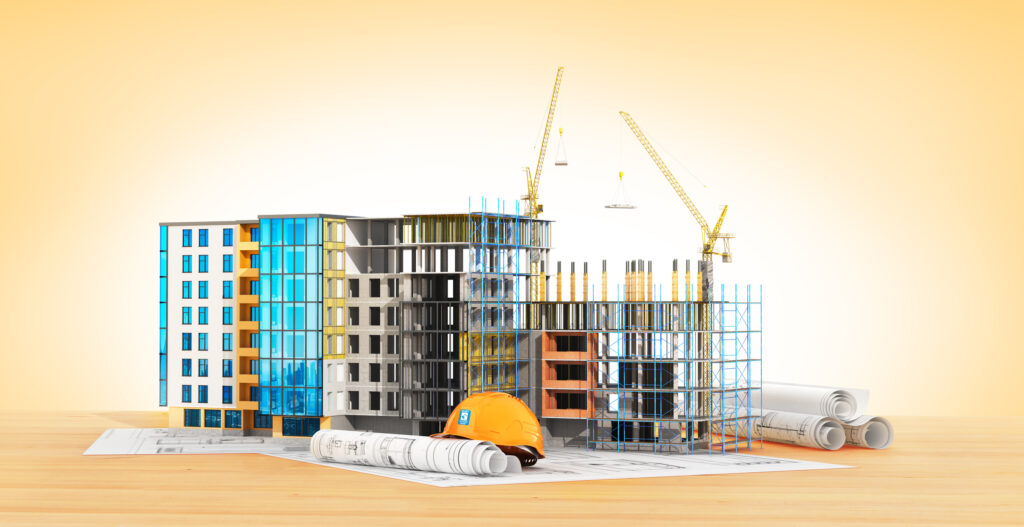National Building Code 2024: Revolutionising Kenya’s construction sector for world-class digital infrastructure and economic growth.

In a landmark move set to redefine Kenya’s urban landscape, the Cabinet Secretary for Lands, Public Works, Housing, and Urban Development has unveiled the much-anticipated National Building Code 2024. Published in the Kenya Gazette Supplement No. 36 on February 20th, 2024, this comprehensive code is poised to revolutionise the country’s approach to construction and development, ushering in a new era of efficiency, safety, and connectivity. The Code is expected to become effective one year after its publication in the Kenya Gazette.
One of the most significant aspects of the National Building Code 2024 is the incorporation of KS 1882-1, specifically focusing on the installation of telecommunications cables, particularly fiber optic cables, within buildings.
Under the purview of this Code, telecommunication installations within buildings must adhere to strict guidelines, ensuring seamless connectivity and future-proofing for evolving technological demands. Each dwelling unit is mandated to have at least one network termination point, with dedicated ducting to facilitate efficient cable routing. Moreover, a separate telecommunication service duct is required, emphasising the importance of prioritising connectivity in building design.
Central to the Code’s provisions is the requirement for telecommunications cabinets in buildings with 20 units or more. These cabinets serve as vital hubs for fiber optic connections, accommodating not only current but also future telecommunications equipment needs. Equipped with maintained 240V AC power outlets, these cabinets ensure a reliable power supply to active equipment, catering to multiple Internet Service Providers (ISPs) and fostering competition and innovation in the telecommunications sector.
Recognising the varying scale of residential developments, the Code offers flexibility for Multi-Dwelling Units (MDUs) with fewer than 20 units. In such cases, telecommunications space must be allocated within the building to facilitate equipment installation while optimising cost-effectiveness.
The Code also prioritises safety and aesthetic considerations, mandating the use of rigid metal or PVC conduits for cable housing and emphasising proper cable routing and support structures. Furthermore, it underscores the importance of maintaining a clear separation between mains electricity cables and fiber optic cables to mitigate potential hazards.
Beyond individual buildings, the Code addresses broader infrastructure concerns, stipulating guidelines for access points, manholes, and handholes to facilitate shared access among multiple ISPs. By promoting shared infrastructure, the Code encourages collaboration and efficiency in the deployment of telecommunications networks.
Crucially, the National Building Code aligns with Kenya’s broader economic objectives, recognising the pivotal role of broadband infrastructure in driving economic growth and social development. By prioritising gigabit-capable networks, the Code positions Kenya as a leader in digital innovation, fostering a conducive environment for businesses, entrepreneurs, and residents alike.
As Kenya embarks on ambitious housing projects under the Affordable Housing agenda and expands its broadband networks, the National Building Code presents a unique opportunity to future-proof infrastructure and ensure widespread access to high-speed internet services. By integrating gigabit-capable connections into new buildings from inception, Kenya can lay the foundation for a digitally empowered future, driving economic prosperity and enhancing the quality of life across the nation.
In embracing the requirements outlined in the National Building Code, the country is poised to realise its vision of world-class digital infrastructure, transforming communities, stimulating economic growth, and unlocking the full potential of the digital age.

